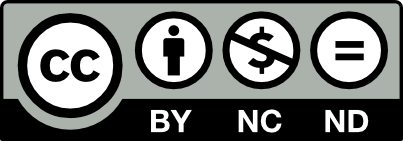El procedimiento de no cumplimiento del Protocolo de Cartagena sobre seguridad en la biotecnología: ¿Un mecanismo eficaz?
DOI:
https://doi.org/10.36151/Palabras clave:
Acuerdos ambientales multilaterales, Protocolo de Cartagena sobre Seguridad de la Biotecnología, Procedimientos de no cumplimiento, Responsabilidad de Estado por hecho internacionalmente ilícito, Procedimientos de solución de controversias, Organización Mundial del ComercioResumen
El Protocolo de Cartagena sobre Seguridad de la Biotecnología, de 29 de enero de 2000, prevé la creación de unos ‘mecanismos institucionales y procedimientos de cooperación para promover el cumplimiento con las disposiciones del presente Protocolo y para tratar los casos de incumplimiento’ (artículo 34). Sobre esta base, inspirándose del modelo que propicia el ‘Procedimiento en caso de incumplimiento’ del Protocolo de Montreal sobre Sustancias que Agotan la Capa de Ozono, de 16 de septiembre de 1987, la primera Reunión de las Partes en el Protocolo de Cartagena adoptó en 2004 un procedimiento de no cumplimiento (decisión BS-I/7), ideado como mecanismo autónomo de promoción del cumplimiento de las obligaciones asumidas por las Partes. Las funciones esencialmente asistenciales que son inherentes a dicho mecanismo han sido encomendadas a un órgano subsidiario de la Reunión de las Partes, el Comité de Cumplimiento, que ejerce sus competencias por medio de un procedimiento que pretende ser sencillo y cooperativo. Sin embargo, hasta la fecha, ninguna Parte ha recurrido a este mecanismo para solventar eventuales casos de incumplimiento. Basándose en un análisis formal del mecanismo, este artículo indaga en las causas de la falta de utilización del mismo, reconduciéndolas tanto a determinadas deficiencias estructurales, como a la vis atractiva que ejercen otros mecanismos de aplicación ajenos al Protocolo de Cartagena.
Descargas
Descargas
Publicado
Número
Sección
Licencia
Derechos de autor 2025 Revista Electrónica de Estudios Internacionales

Esta obra está bajo una licencia internacional Creative Commons Atribución-NoComercial-SinDerivadas 4.0.



